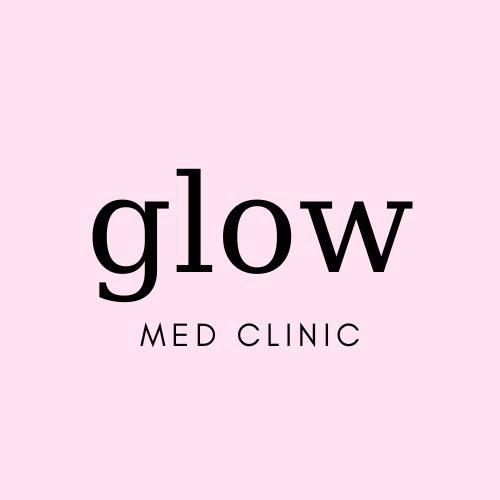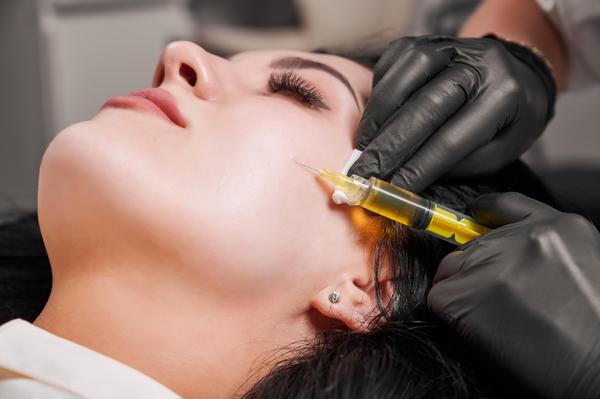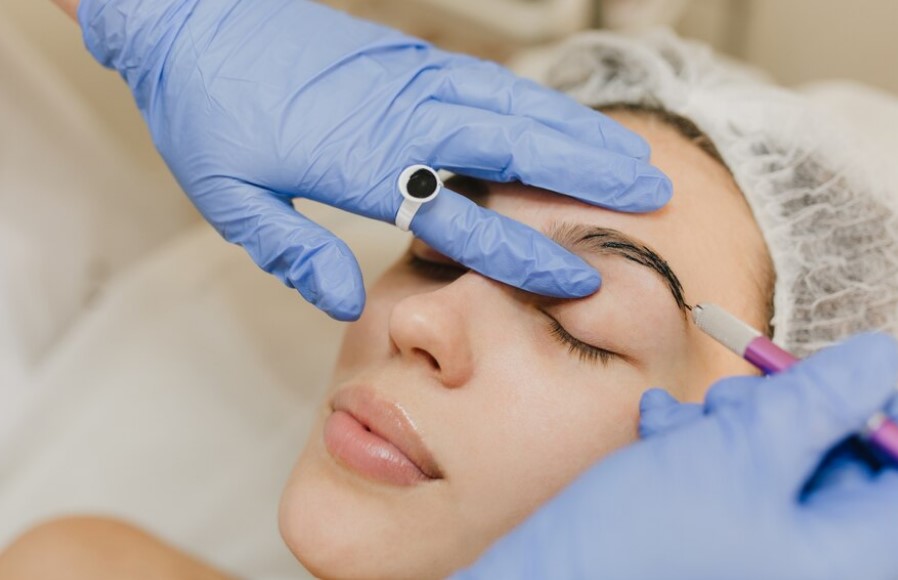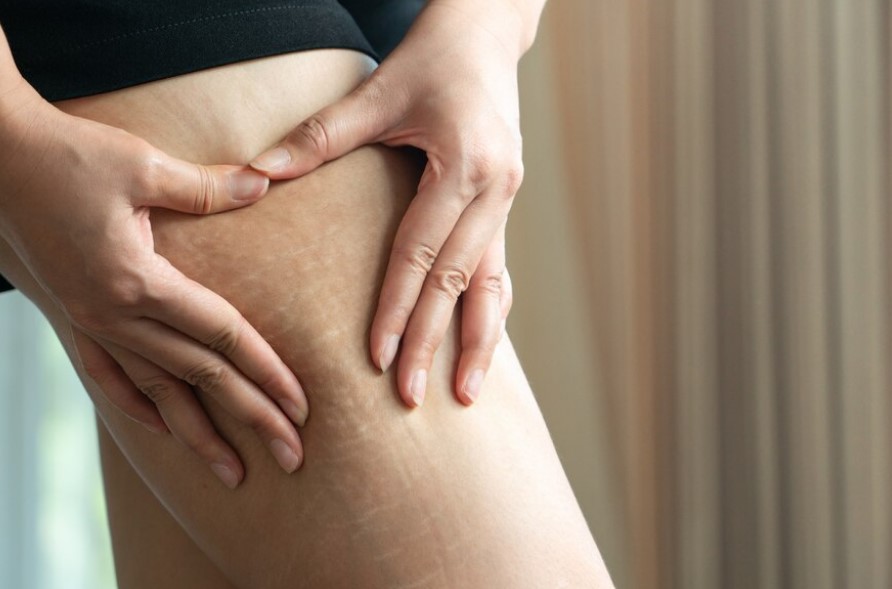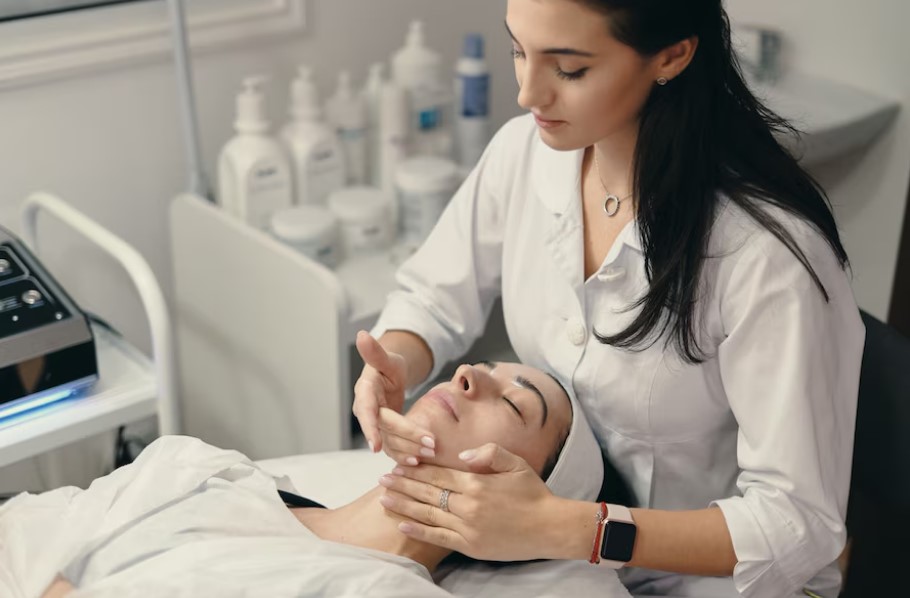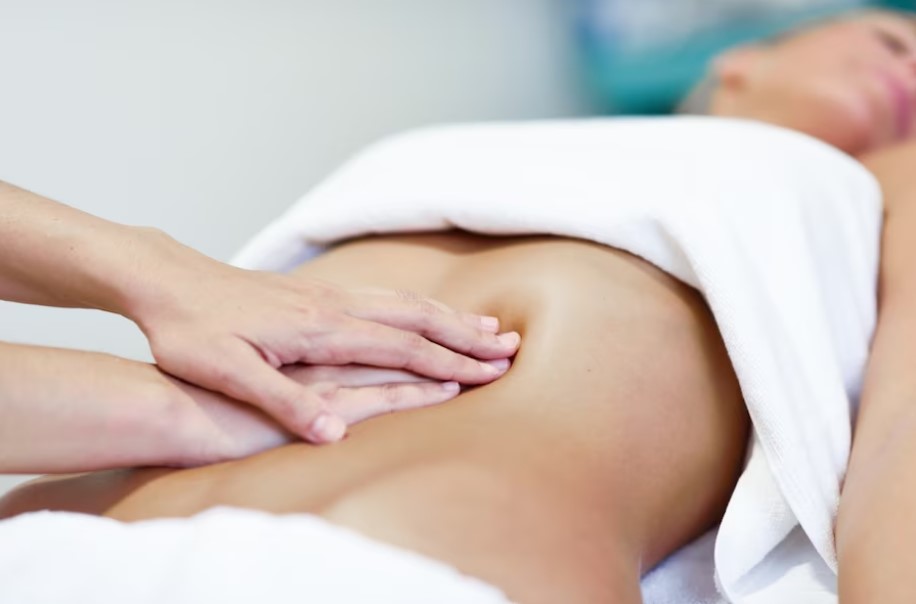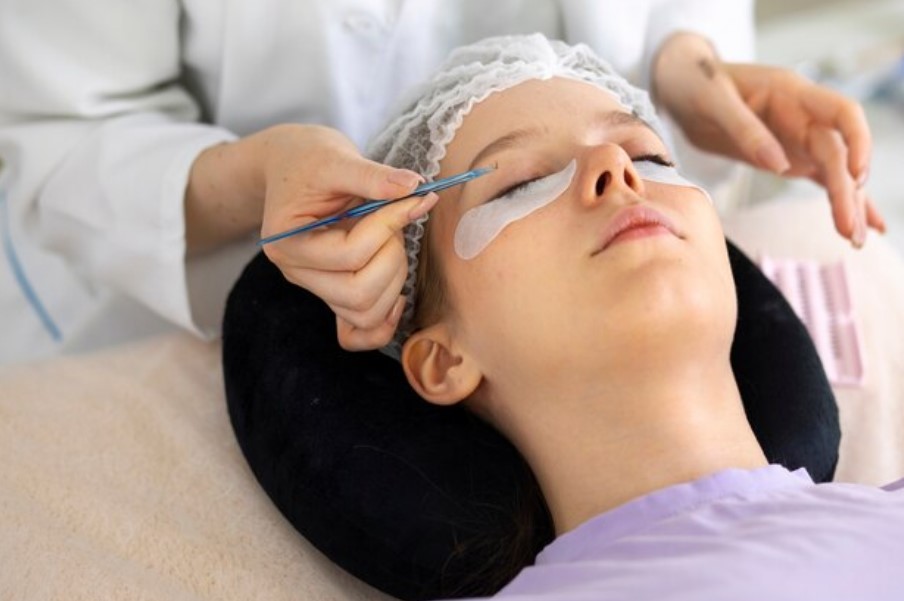Many people think that Plasma-Rich-Platelet (PRP) therapy is unnecessarily hyped. The therapy is not as effective as it seems to be. But, the fact is that PRP is very effective in medicinal and cosmetic applications.
We know it’s difficult to believe. So, we will explain the science behind PRP therapy in this post. This will help you understand how this therapy works.
What is PRP Therapy?
PRP therapy is a medical procedure that stimulates healing and tissue regeneration by using a component of your blood. The term “platelet-rich” refers to the process of extracting and concentrating a large number of platelets from your blood.
What are the Steps of the PRP Therapy Procedure?
Blood Collection:
The initial step in PRP therapy is to collect a small sample of your blood, which is usually taken from your arm. This sample is next processed in a centrifuge, a machine that rapidly spins the blood.
Centrifugation:
The blood sample is split into its many components during centrifugation: red blood cells, white blood cells, plasma, and platelets. This procedure enables the healthcare provider to separate platelets and plasma, both of which are high in growth factors.
Concentrated Platelets
The resulting combination contains platelets in concentrations several times higher than normal blood. These platelets are densely packed with growth factors, which are essential for tissue repair and regeneration.
How does PRP Therapy Work?
Growth Factors Galore:
Platelets are well-known for their ability to release growth factors, which function as messengers to your body’s natural healing processes. Platelet-derived growth factor (PDGF), transforming growth factor-beta (TGF-), and vascular endothelial growth factor (VEGF) are examples of these growth factors. These growth factors are released when PRP is injected into the targeted location.
Tissue Repair and Regeneration:
The growth factors begin to function as soon as they are released. This happens as the growth factors encourage cell proliferation, collagen formation as well as tissue healing. Other than this, they attract stem cells to the area. This attraction improves the healing process.
Enhanced Blood Flow:
PRP therapy also helps in the improvement of blood circulation in the treated area. More oxygen and nutrients are given to the damaged tissues as blood flow improves, hastening the healing process. This is particularly advantageous for hair restoration and skin rejuvenation therapies.
Reduced Inflammation:
PRP has anti-inflammatory qualities that can help in the reduction of pain and swelling in wounded or damaged tissues. It has the potential to be a game changer for those suffering from chronic illnesses such as arthritis.
Versatility:
One of the benefits of PRP therapy is its adaptability. It has a wide range of medical and aesthetic applications, from healing sports injuries to encouraging hair growth and skin rejuvenation. This adaptability demonstrates the potency of PRP.
Is PRP Therapy Right for You?
You may be wondering if PRP therapy is a good option for you now that you understand the science behind it. PRP has been used successfully to treat a variety of illnesses, but its efficacy varies from person to person.
Do you want to get PRP in Richmond Hill? Come to Glow Med Clinic.

